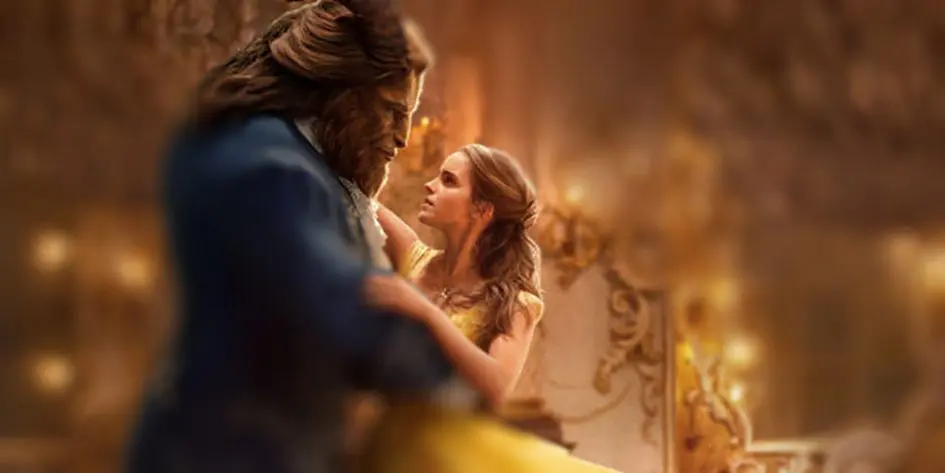Beauty and the Beast has been the box-office darling for the past week or two, scoring big on nostalgia, romantic notions and fairytale charm. The one place it doesn’t win is the quality of the 3-D. It’s actually a blurry, hot mess. In a time when some films have conquered 3-D well, Beauty comes in as ugly as they get.
Of course the ripoff of IMAX for non-IMAX films (or those with a token scene or two) is well documented. These mini-IMAX screens dominating the suburbs with their premium pricing and sub-par delivery are still a wart on the chin of cinema, and an ongoing disappointment as we observe IMAX continuing to whore themselves out to lesser iterations of their brand. In the case of bad 3-D, they just serve as huge magnifying glasses for the wretchedness of the failure.
There was a time, at the beginning, when 3-D was always bad. Suckers filed into the theater every night, though, to be exposed to this emerging and unperfected technology. In any other case, we all would have simply looked upon it as 1.0 product trying to get it right, but at the premium pricing, 3-D was an insult.
Then, along came High Frame Rate (HFR). Thanks to The Hobbit, audiences got to see how 3-D could be cleaned up by this superior smoothness. The side-effect, however, was that non-action scenes took on the appearance of late ’90s Masterpiece Theatre, much like those irritating “smoothing” functions on your home TV that you should be turning off. Like now. Go turn it off. Good? OK. Back to the blog…
It seemed that all hope was lost until Variable Frame Rate could become a reality. HFR would be the band-aid, but still get ignored by terrible 3-D purveyors like Michael Bay and others. Animated films would hit the mark more frequently, and live action would largely fail. That is, until Jurassic World. That film marked the real beginning of filmmakers figuring out how to get it right. It still comes and goes, but some films have truly arrived into the tech with 3-D being the recommended format (such as Doctor Strange, which is much lesser when not viewed in 3-D). The safest bet is still animation, however, and in that legacy lies the biggest insult of Beauty and the Blur.
In the ’90s, the animated film version of Disney’s Beauty and the Beast was a groundbreaking achievement in the art. Audiences and industry peers marveled at the accomplishment, and every frame was worthy of long gazes in appreciation. It truly was a marvel of the time.
This newest installment, in its 3-D form, throws what must have been endless meticulous work in CGI out the window. Depth, clarity and image quality are all back to square one. Early-days 3-D mess. As a standalone, that would not be as insulting, but it is an outright slap in the face to the film’s legacy that the newest version has such awful 3-D.
Audiences should enjoy the film in 2-D, where it is safe from these ills, and the craft of the artists can be respected and viewed appropriately. It is a shame that the pursuit of profit has left this mark of disgrace on an otherwise lovely film and charming revival of a favorite Disney presentation.
Hopefully they will pursue better quality if and when they pull Aladdin or The Lion King out of the vault for a remake.
